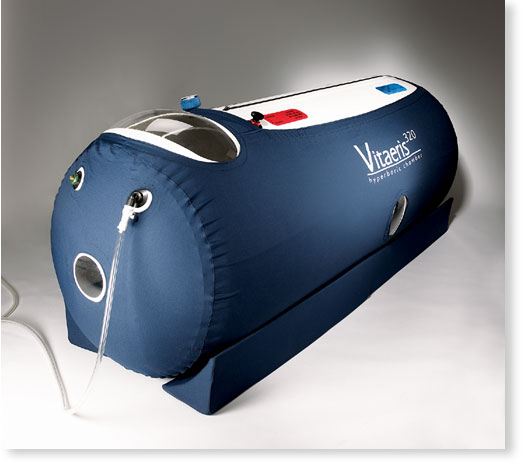Radiation is used to treat many different cancers. About one half of the new invasive cancer cases will be treated with radiation. The procedures and equipment have been developed to optimized damage to the cancerous tumors and tissue with minimal damage to surrounding healthy tissue. When a beam of radiation is directed at a tumor, the normal tissue in the path of the beam can be damaged.
People vary in their sensitivity to therapeutic radiation and it is not possible to know in advance who may be the most sensitive and at risk from collateral damage. Damage to health tissue is divided into two types. Acute reactions are immediate effects of the radiation treatment. Chronic complications can occur months or years after treatment. Chronic damage to bones is called osteoradionecrosis. Chronic damage to soft tissue is called soft tissue radionecrosis.
Acute reactions are treated symptomatically during the treatment of the cancer. If the normal tissue that is damaged is fast growing like gastrointestinal cells, normal tissue healing takes care of the radiation damage. Pain medication may be prescribed to relieve discomfort. This period usually lasts about six months which is referred to as the acute clinical period.
During the second six months, the subacute clinical period, healing from acute damage ends and first signs of any long term damage appear. There may be ulceration of the tissue. In the past, surgery was often required to cut out the dead tissue Depending on the area where the cancer occurred, such surgery could disfigure or even disable normal functioning. In addition, dead normal tissue in the path of the radiation may not heal after being cut during surgery.
Most chronic radiation damage results from scarring which narrows the blood vessels in the area of the treatment. During the second to the fifth year which is called the chronic clinical period, permanent damage progresses. Without adequate blood flow, health tissue in area treated dies in what is called necrosis. During this time, danger of infection and trauma damage in the affected tissue increases.
In the late clinical period after five years have elapsed, problems can continue to manifest but at a slower rate than the chronic clinical period. There is increased danger of additional cancers caused by the original radiation treatment.
In the 1970s, a treatment for tissue damaged by radiation was developed that utilized a chamber with raised oxygen levels. This is called a hyperbaric chamber. The treatment consists of providing 100% inhaled oxygen under pressure. This results in raising arterial oxygen five to ten times above the normal level. Perfusion of oxygen into the damaged tissue increases two to three times. This promotes healing and encourages the development of new blood vessels in the damaged tissue. The main benefit of hyperbaric treatment is this growth of new blood vessels which is known angiogenesis.
This treatment may preclude the need for surgery. Many types of healthy tissue damaged in radiation treatments have been healed with these chambers.
Hyper-Oxy Vitaeris 320 hyperbaric chamber:
